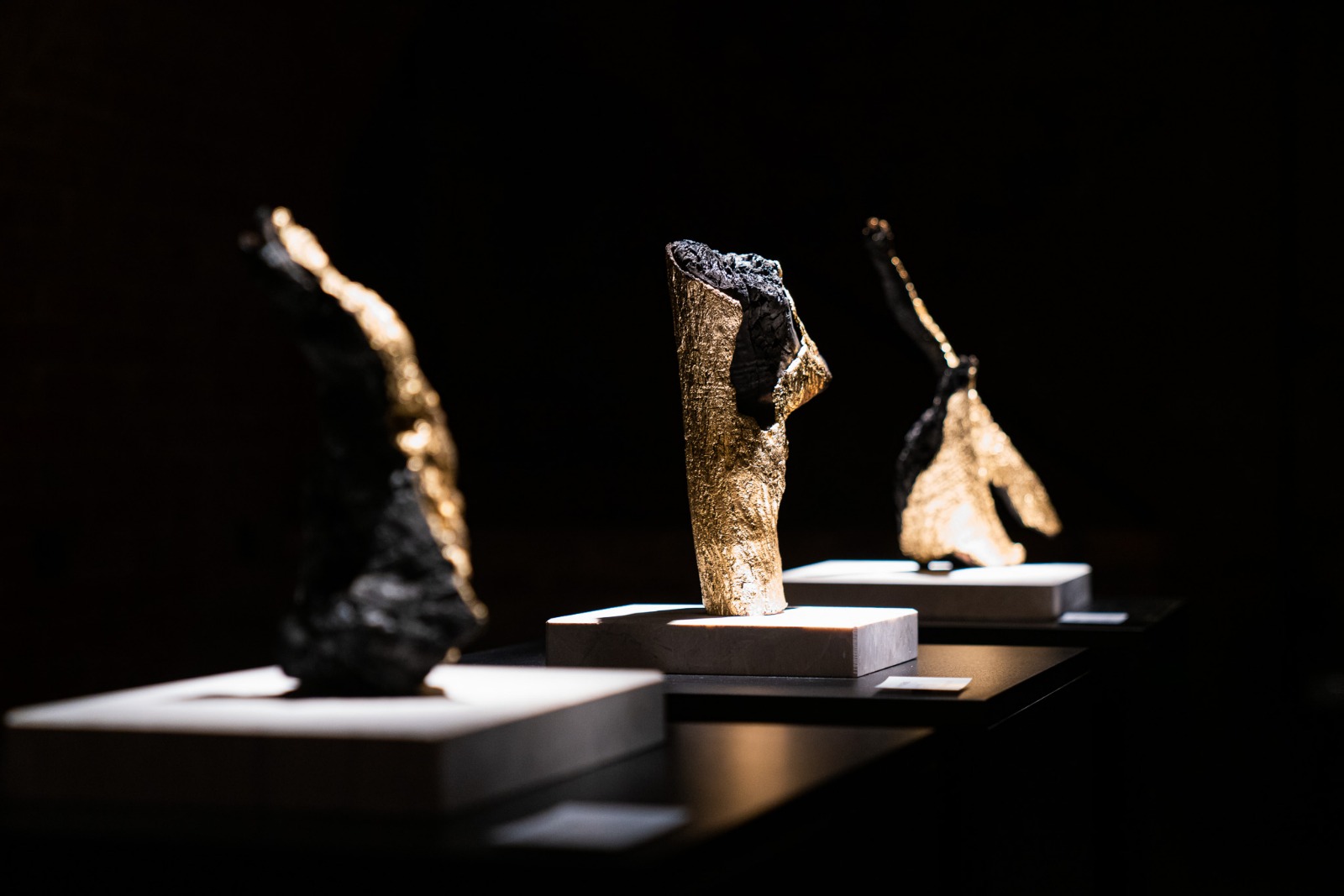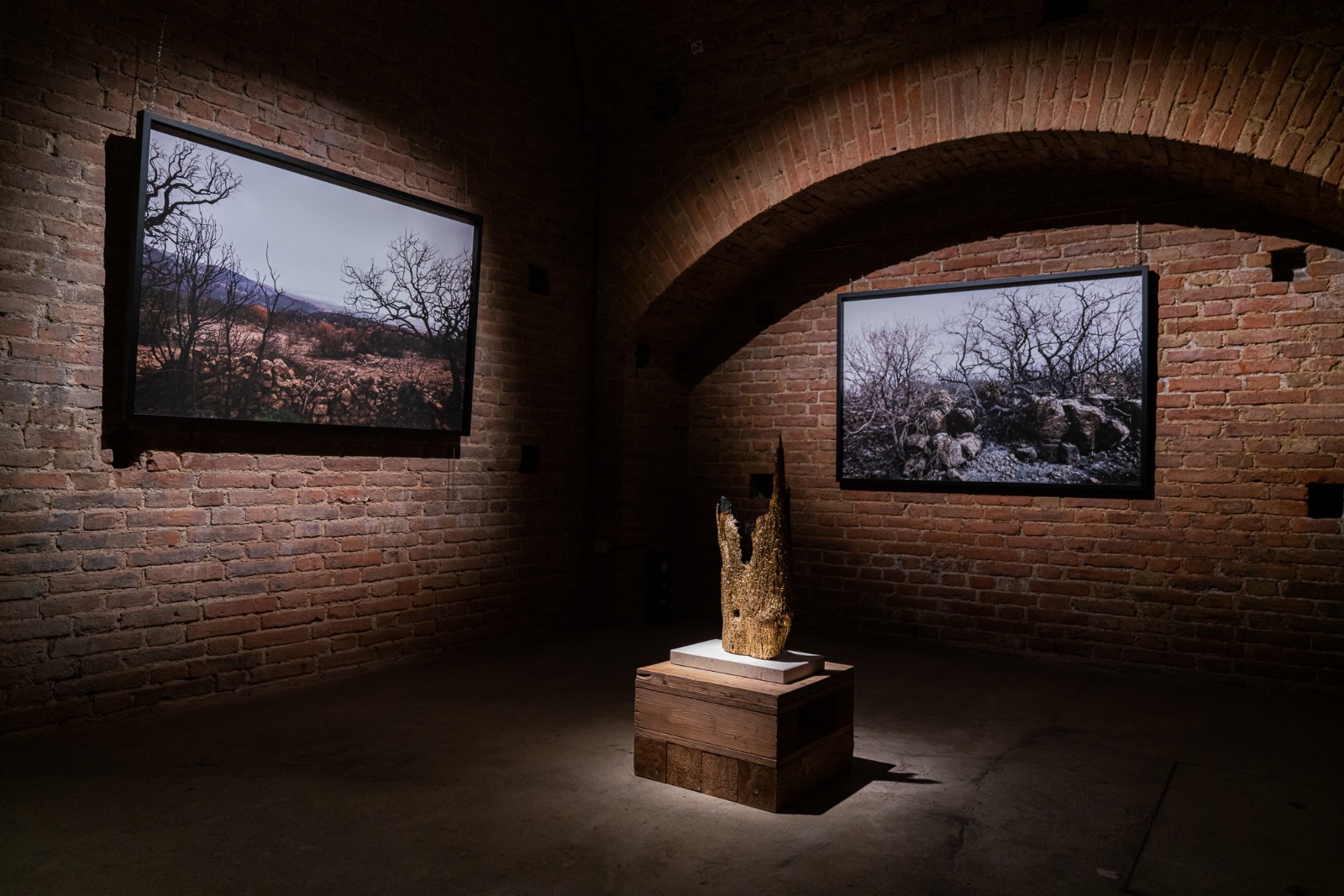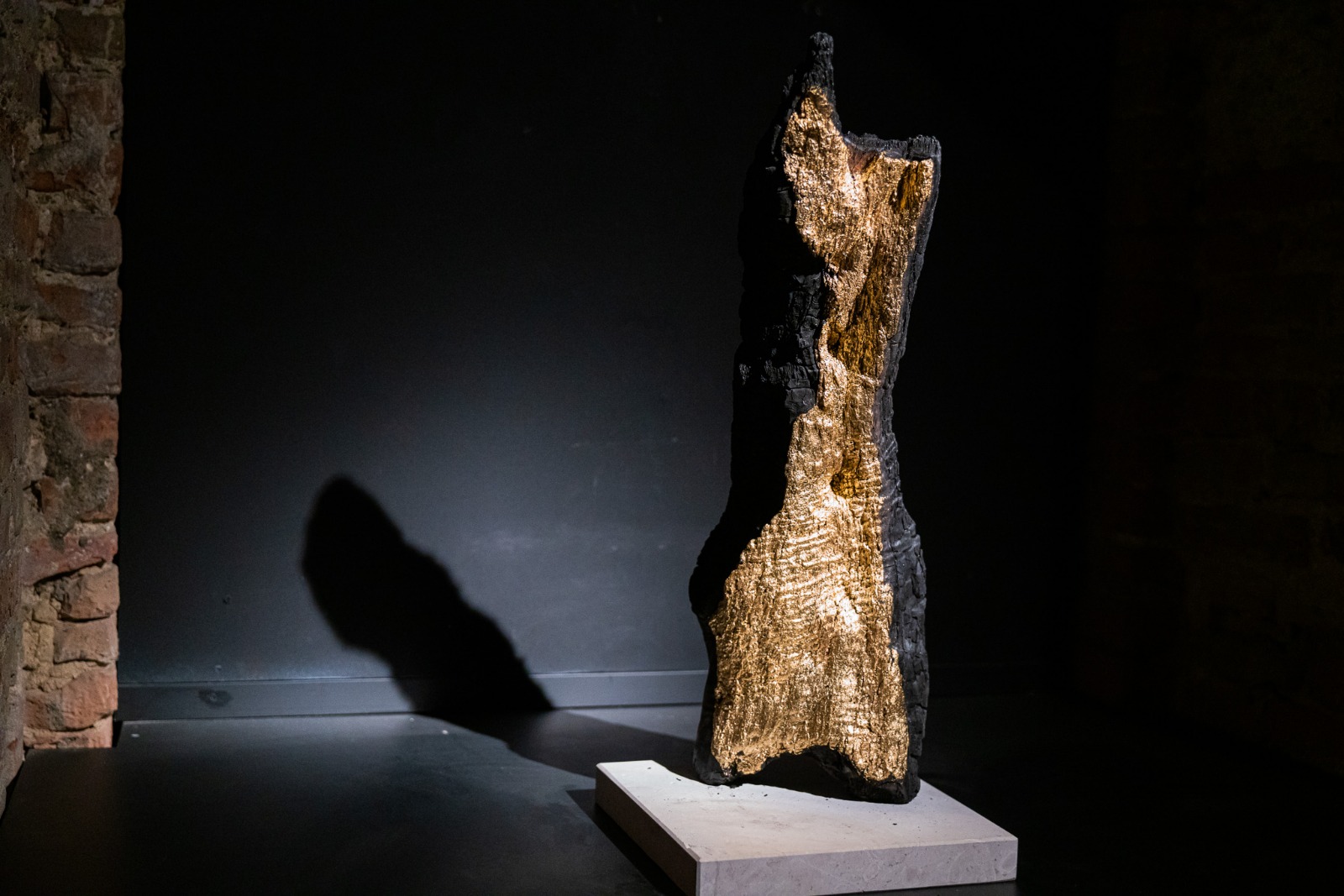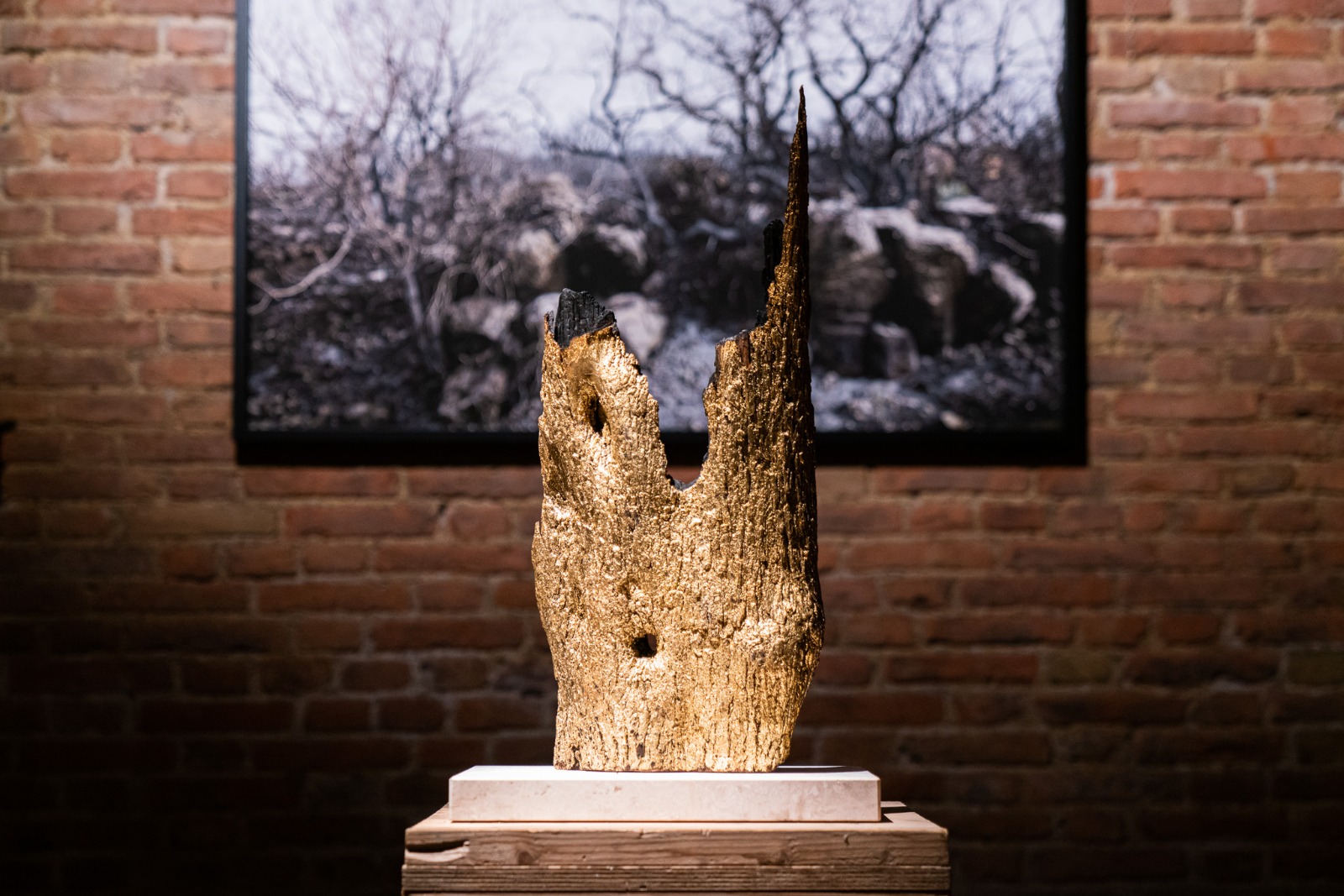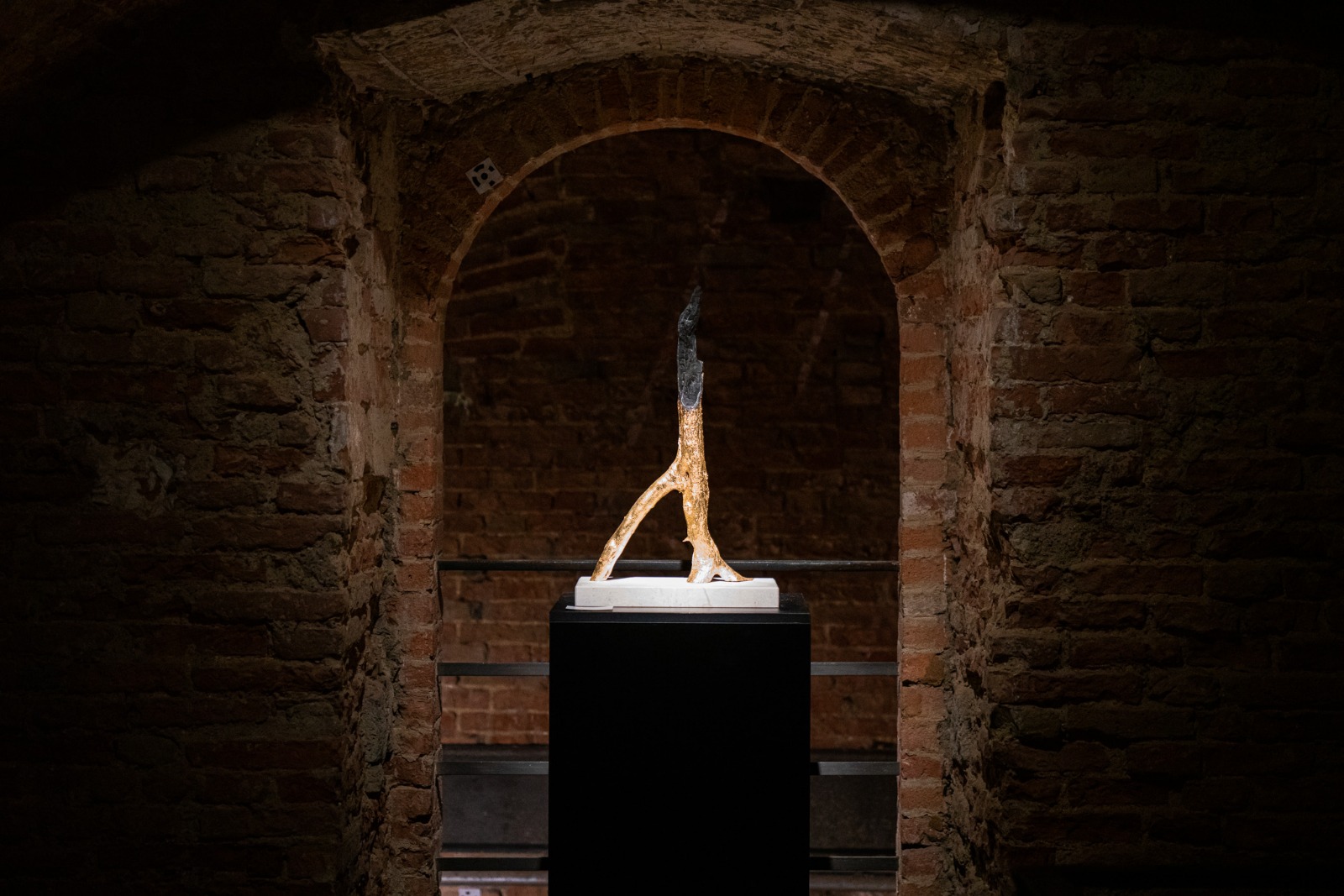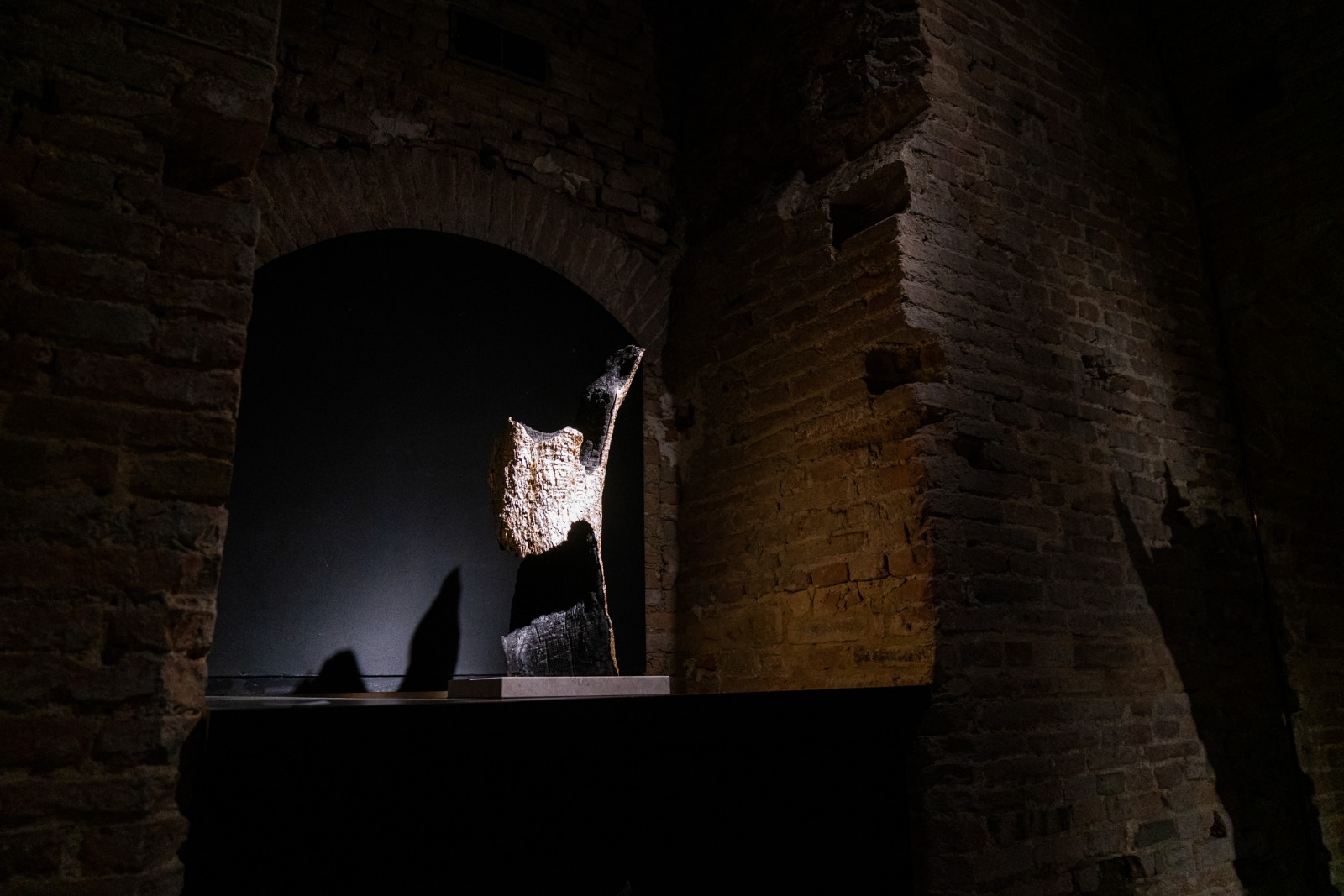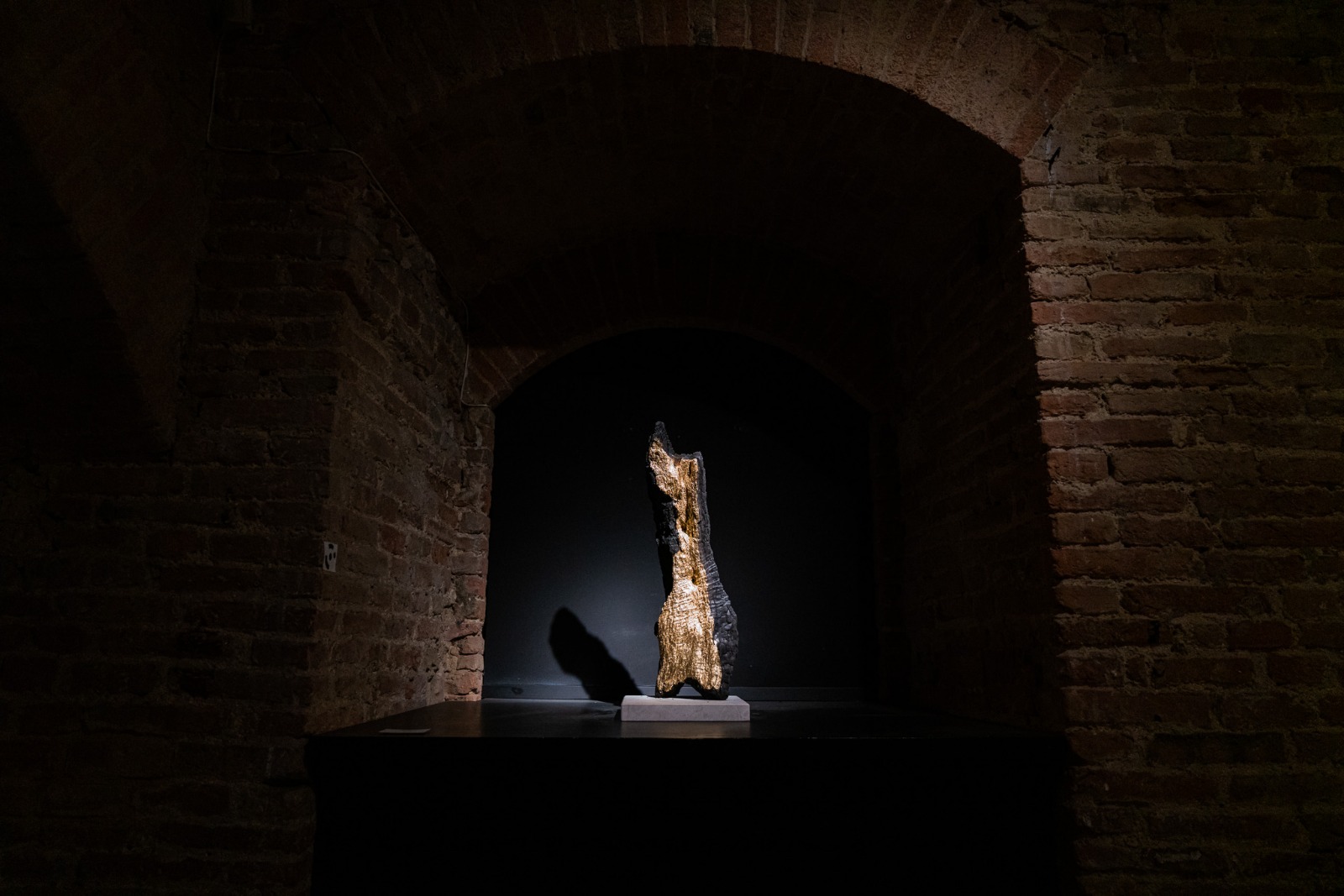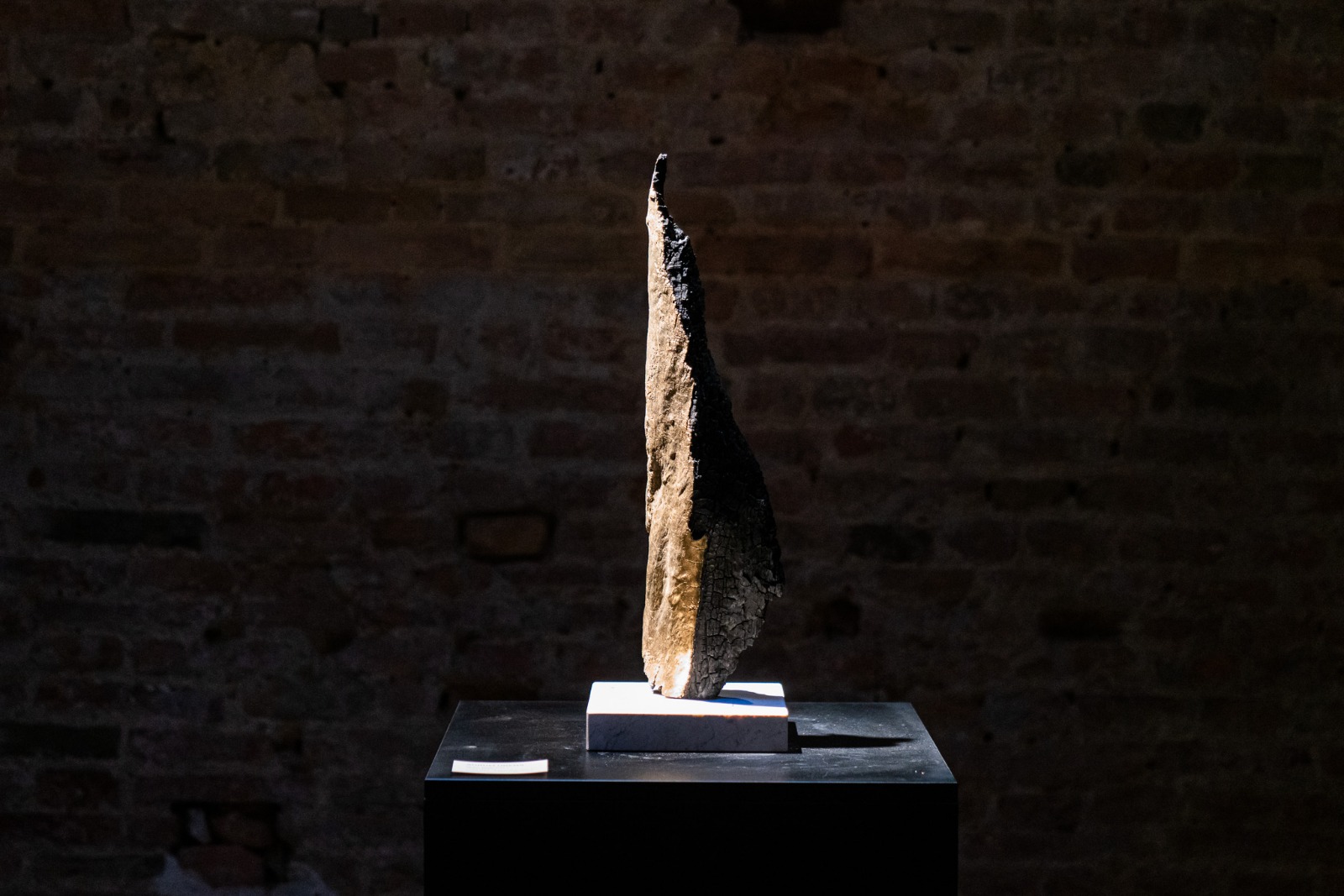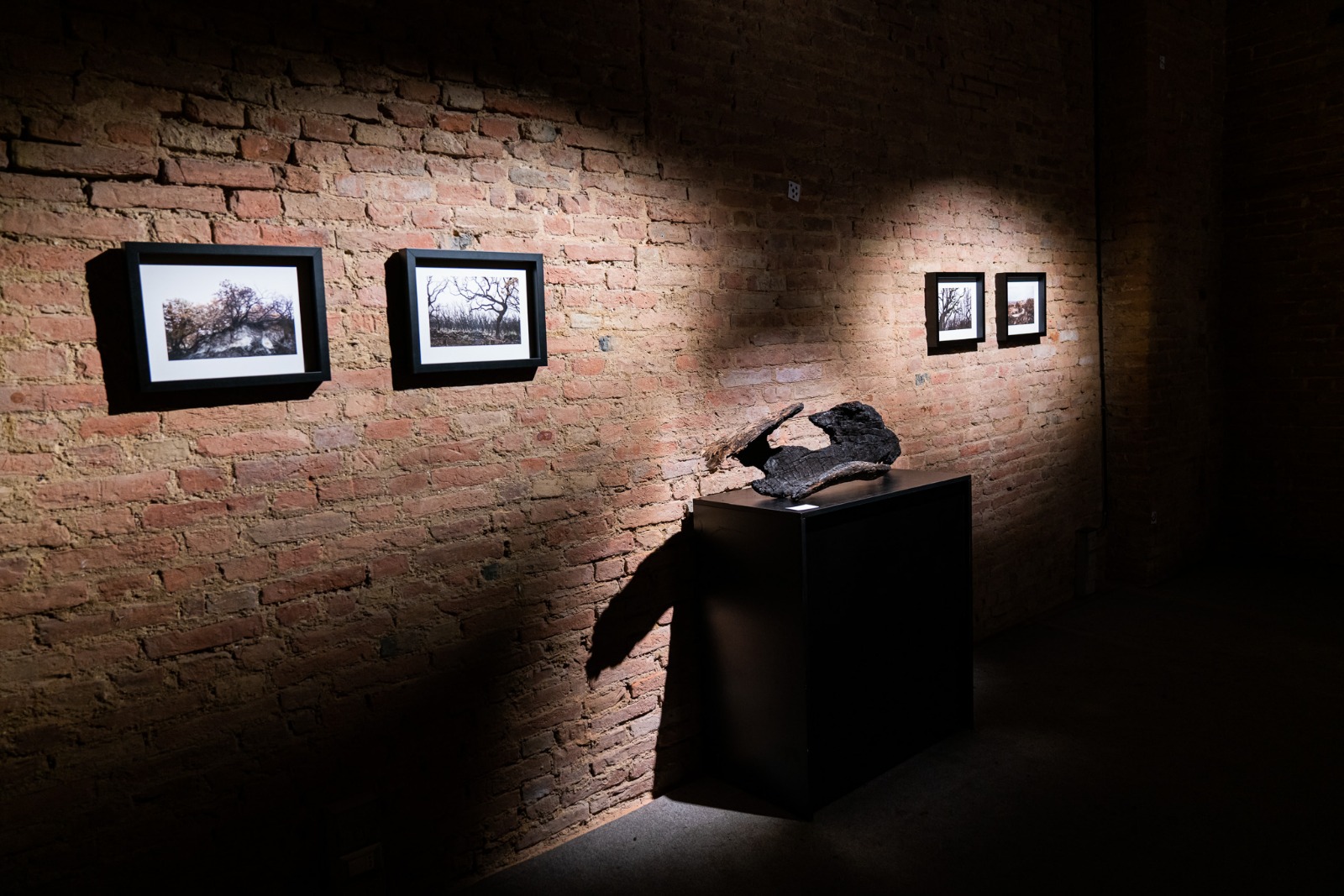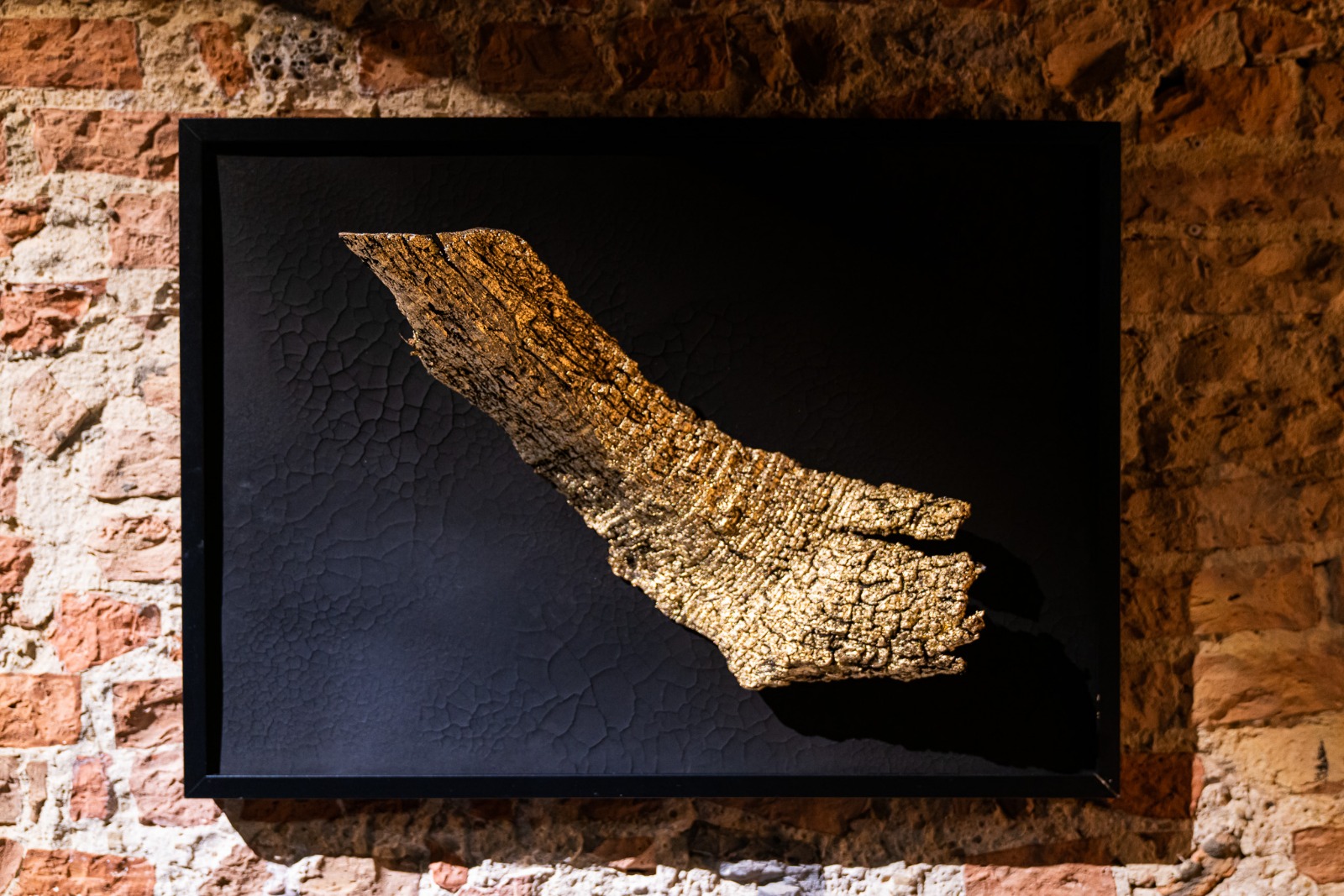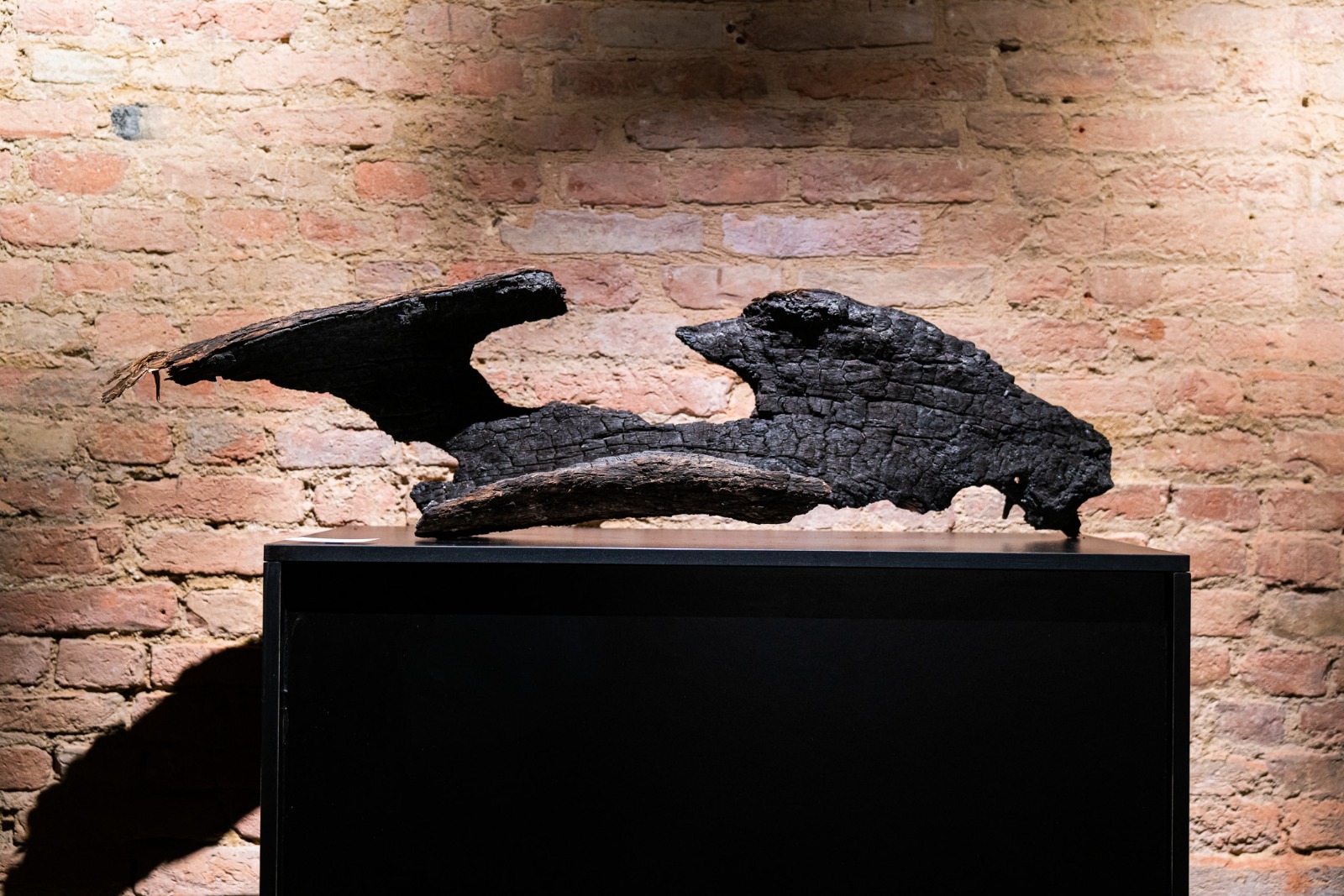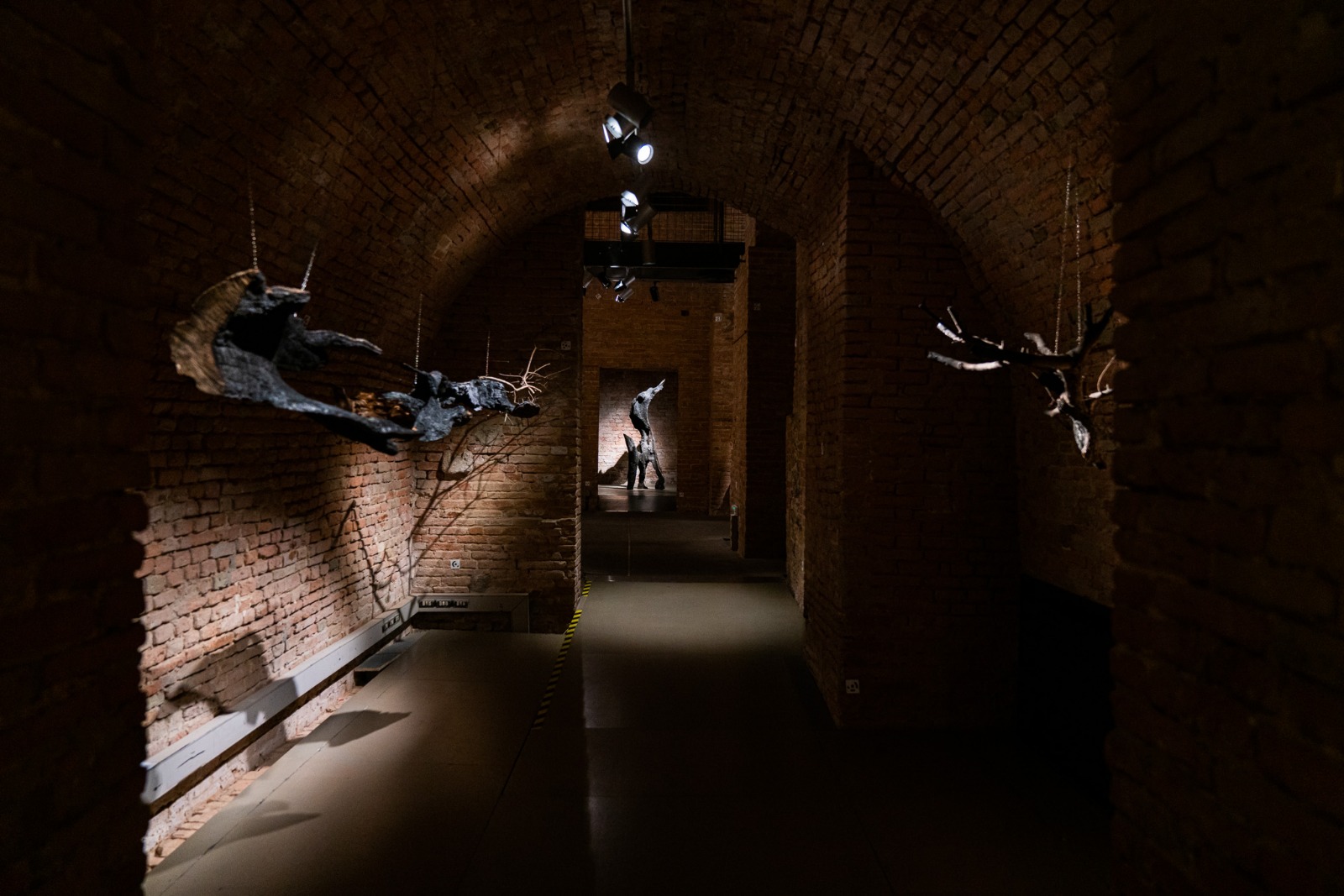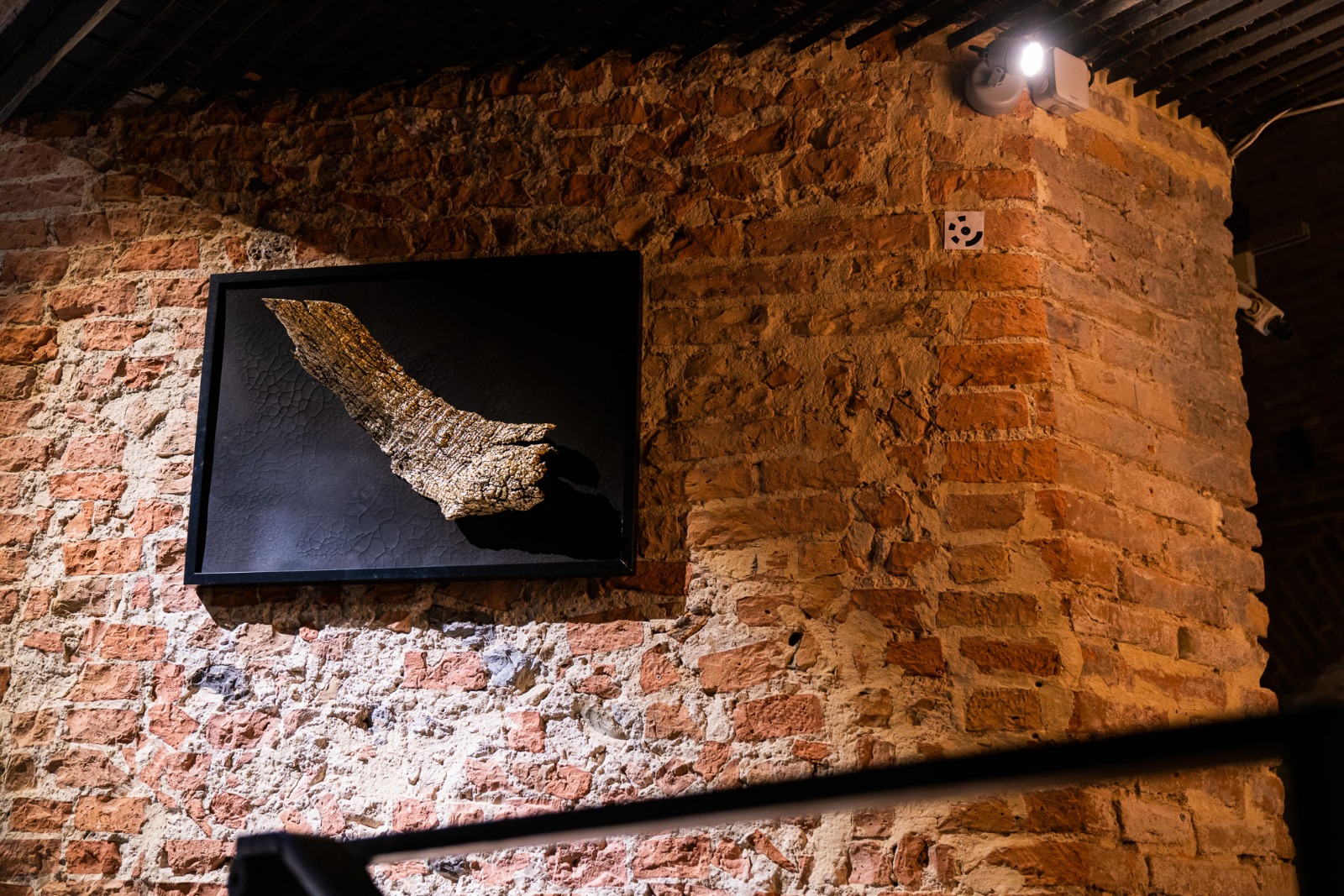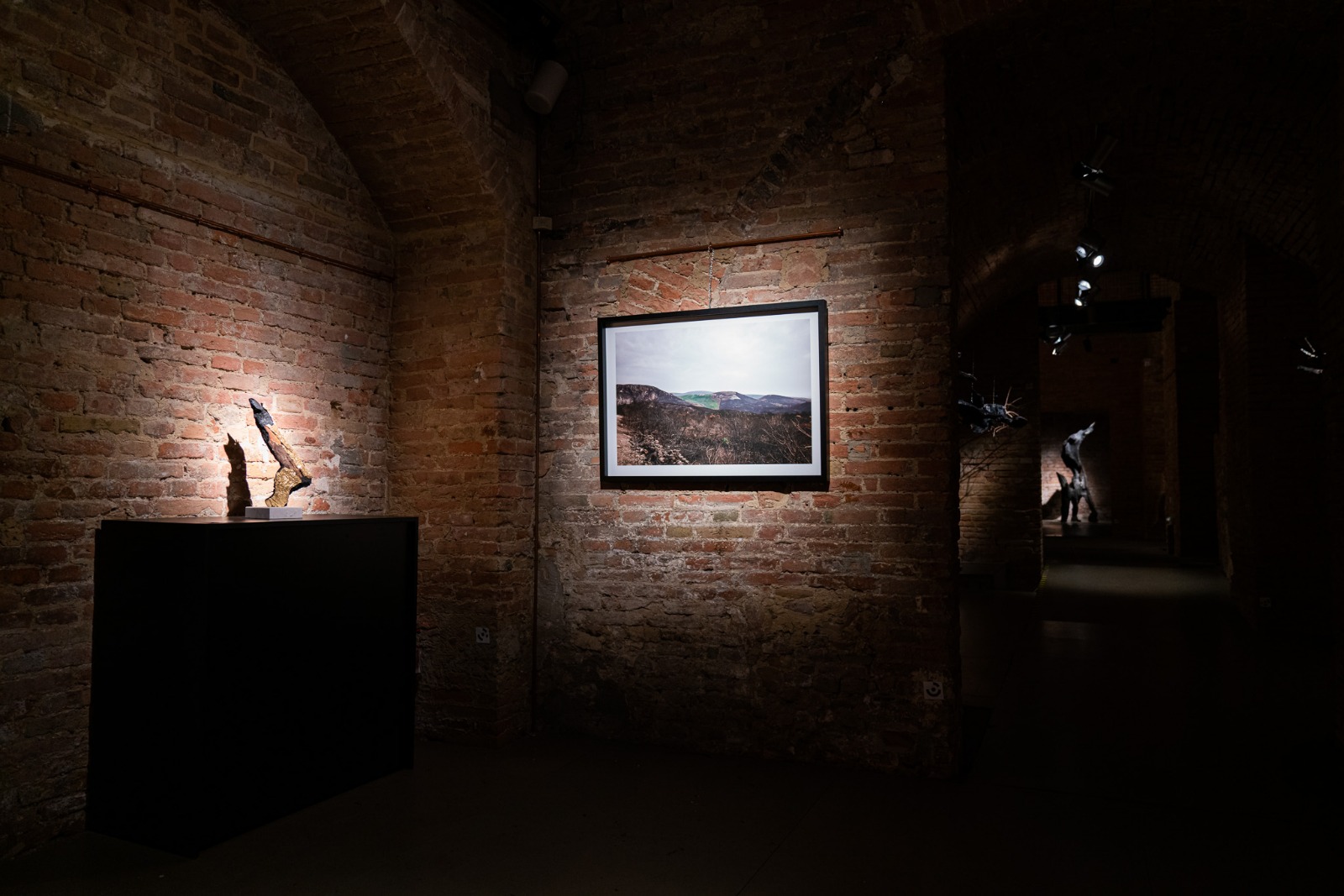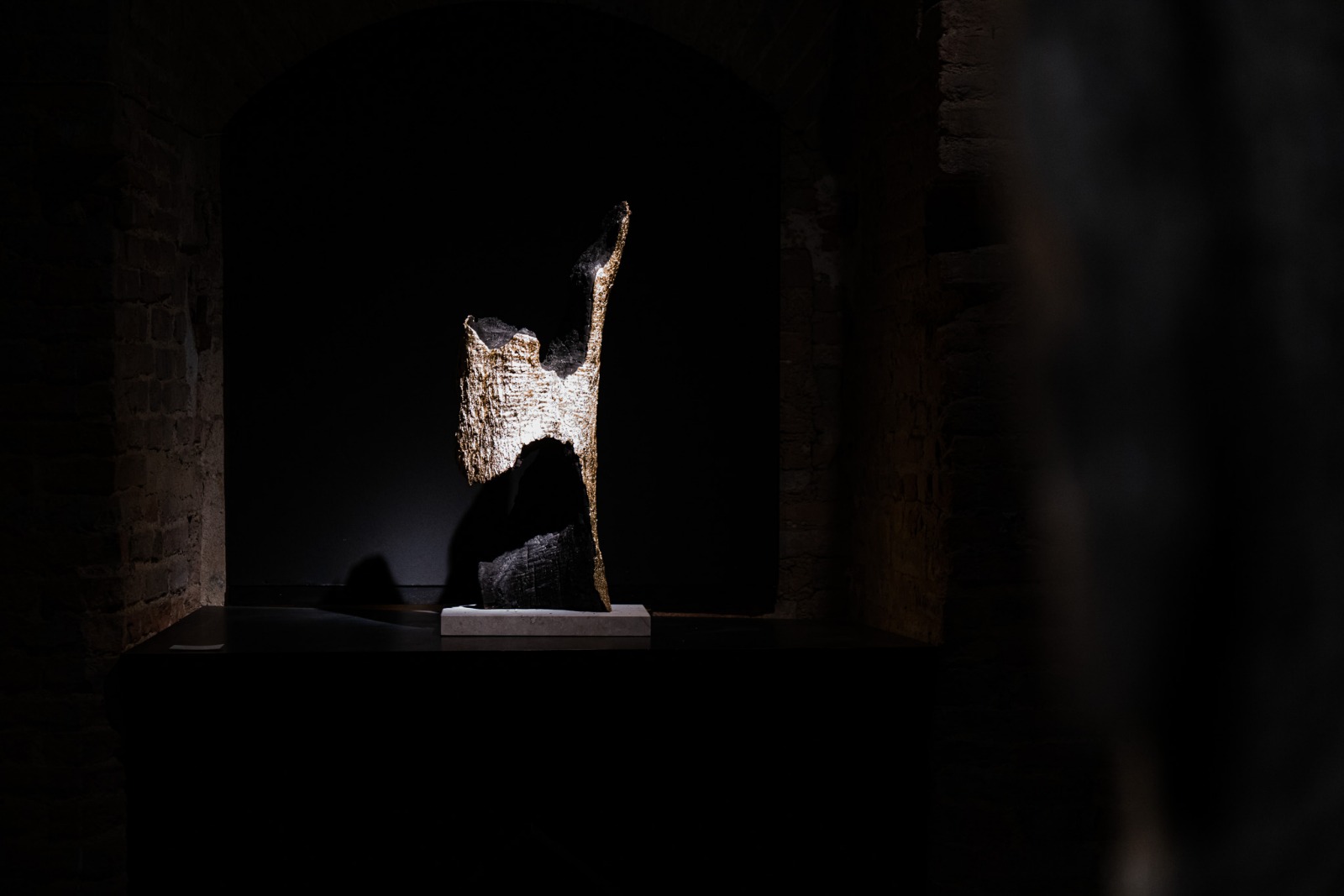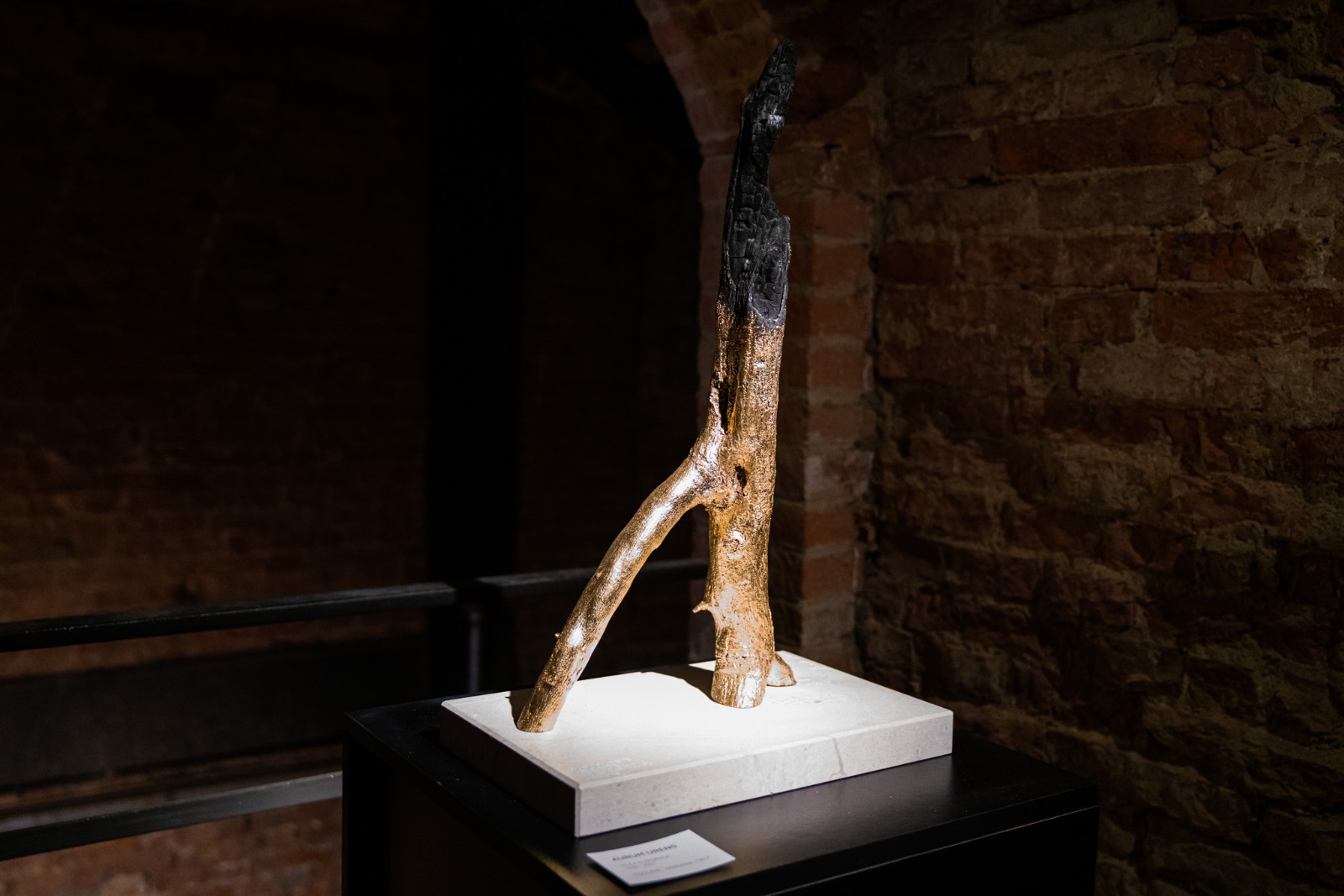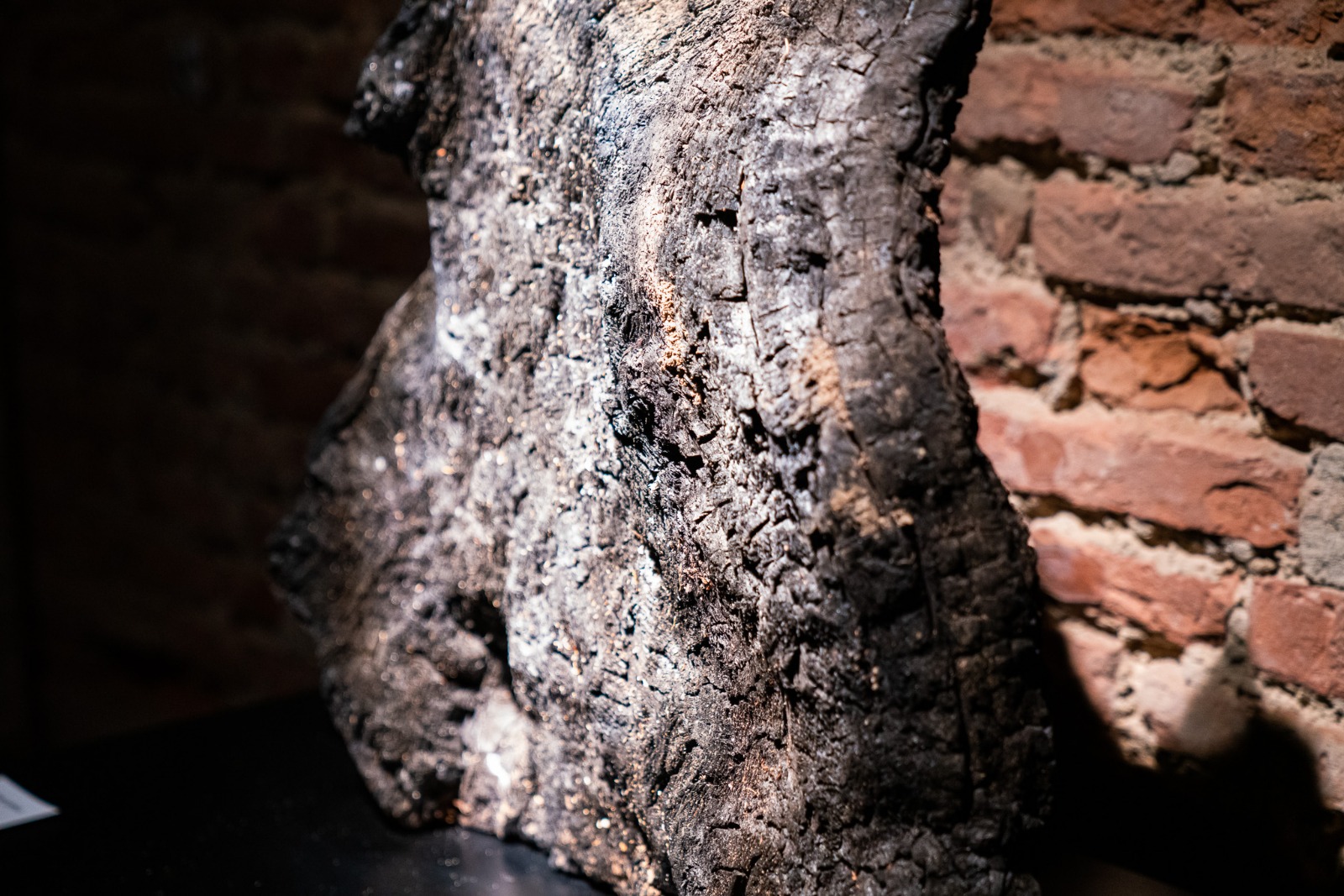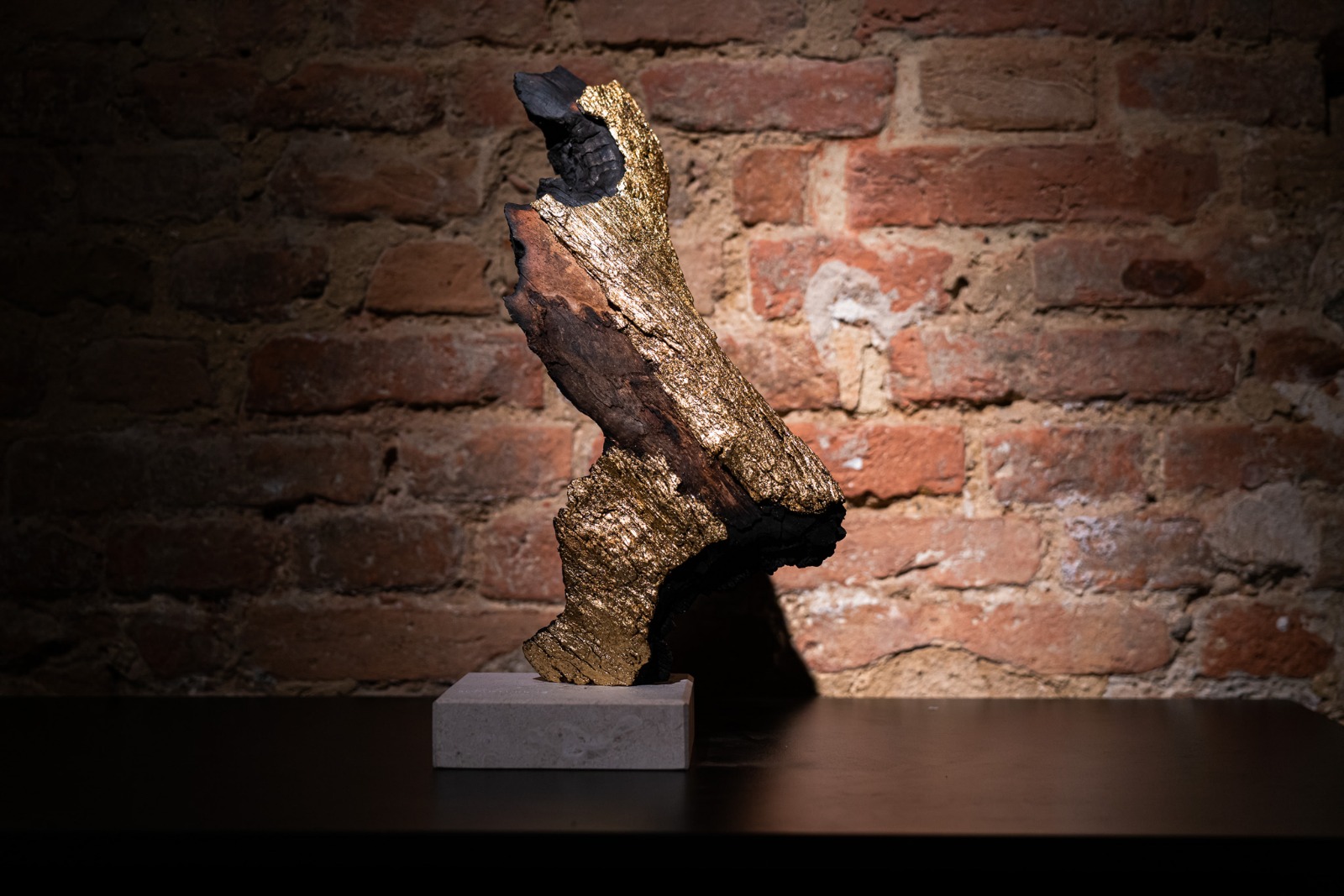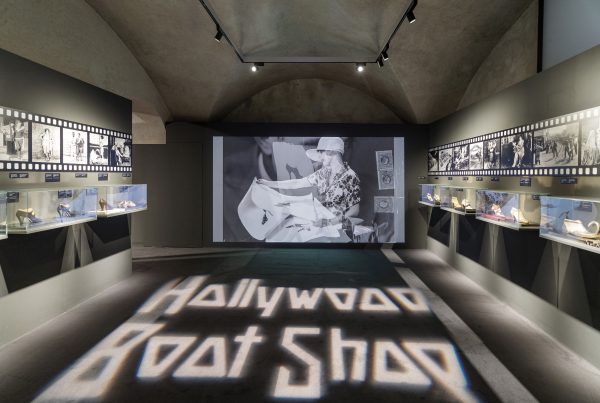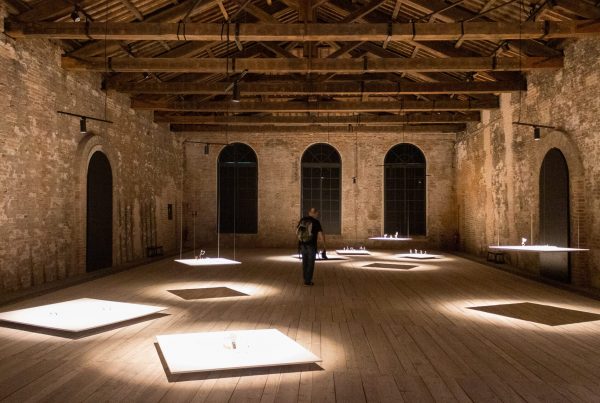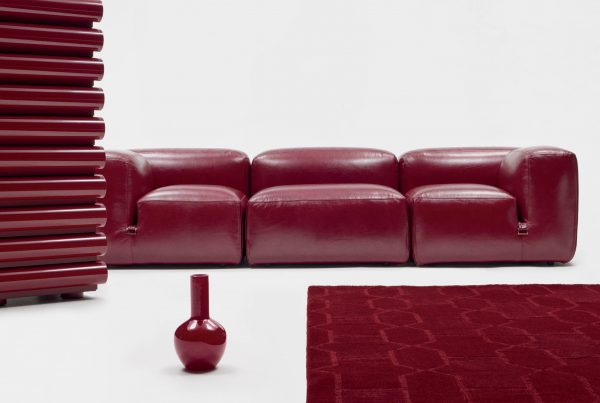- Photo by Francesco Orrù
- Photo by Francesco Orrù
- Photo by Francesco Orrù
- Photo by Francesco Orrù
- Photo by Francesco Orrù
- Photo by Francesco Orrù
- Photo by Francesco Orrù
- Photo by Francesco Orrù
- Photo by Francesco Orrù
- Photo by Francesco Orrù
- Photo by Francesco Orrù
- Photo by Francesco Orrù
- Photo by Francesco Orrù
- Photo by Francesco Orrù
- Photo by Francesco Orrù
- Photo by Francesco Orrù
- Photo by Francesco Orrù
- Photo by Francesco Orrù
Cosa succede quando la nostra più grande ricchezza va in fumo? Quando ciò che abbiamo di più caro viene spazzato via in un attimo?
Con AURUM URENS (Oro Ardente) il nuovo progetto di Michele Ardu ospitato presso i Magazzini del Sale, all’interno del Palazzo Pubblico di Siena, l’artista Sardo risponde a questo quesiti raccontando ciò che è accaduto nell’estate del 2021 alla sua terra, una testimonianza inoltre della sensibilità della Città di Siena ai temi ambientali e della salute animale. Attraverso un intenso percorso tra fotografie e sculture, l’artista si concentra sull’inestimabile valore della natura distrutta dagli incendi e su ciò che rimane dopo l’inarrestabile passaggio delle fiamme nel Montiferru (Oristano), con la conseguente perdita subita della Natura colpita dal fuoco. Un incendio, quello della scorsa estate che ha distrutto oltre 20mila ettari di territorio, di boschi, oliveti e campi coltivati, case e aziende agricole e che Ardu ha sentito l’urgenza di raccontare, non solo per i suoi legami biografici, ma soprattutto per sostenere con i linguaggi espressivi che gli sono propri, politiche ecologiche di tutela del territorio.
Michele Ardu, nato ad Oristano, che attualmente vive e lavora tra la sua terra d’origine e Londra, ha sintetizzato in questa mostra una sua riflessione sui temi ambientali e, nel raccontare l’incendio che ha devastato Cuglieri, ne ha fatto un simbolo di resistenza. Le sue fotografie, come esplicato dalla critica Francesca Campana, potrebbero apparire, ad un primo sguardo, espressioni documentali volte ad un puro resoconto di quanto accaduto, ma in realtà il pathos e l’impatto emotivo in esse racchiuso dall’autore raggiunge immediatamente chi guarda. Esse costituiscono ragione e substrato esplicativo dell’intera mostra. A fornire un quadro complessivo, che diventa rappresentazione delle tracce durature lasciate dalla devastazione, é poi l’interazione fra i due mezzi artistici – fotografia e scultura. La fotografia e la sua bidimensionalità, perciò, non sono più sufficienti a rappresentare dolorosa fragilità dei luoghi, il che ha portato l’artista a prelevare alcuni frammenti dal paesaggio arso del Montiferru per farne sculture.
Percorrendo le terre incendiate, tra i resti degli alberi secolari bruciati, Michele Ardu ha scelto con cura alcuni legni sopravvissuti, raccogliendo vere e proprie reliquie naturali antiche che hanno affrontato la devastazione del fuoco. Da questi legni l’artista ha creato sculture d’Oro Bruciato, lavorandole con pazienza e passione, esaltandone ogni ruga, cicatrice e bruciatura. Una collezione di legni selvatici, ognuno scolpito principalmente dalle fiamme, che mette a nudo il dramma della distruzione, ma anche la dignità della lotta per la vita e la luce splendente della rinascita.
L’interazione fra Uomo e Natura e la fragilità di quest’ultima, che spesso ne deriva, è condizione sovvertibile solo laddove, con le parole dello stesso artista: “dopo secoli vissuti sulla stessa zolla di terra, questi alberi entrino nei musei del Mondo, in nuove case. Essi continueranno a vivere in modo nuovo, cercando di proteggere le altre foreste del nostro Pianeta, testimoniando la preziosità e la fralezza della natura”.
ENGLISH:
What happens when our greatest wealth goes up in smoke? When what we hold most dear is wiped out in an instant?
With AURUM URENS (Ardent Gold), the new project by Michele Ardu hosted at the Magazzini del Sale, inside the Palazzo Pubblico in Siena, the Sardinian artist answers this question by telling what happened in the summer of 2021 to his homeland, a testimony also of the sensitivity of the City of Siena to environmental issues and animal health. Through an intense path between photographs and sculptures, the artist focuses on the priceless value of nature destroyed by wildfires and what remains after the unstoppable passage of the flames in Montiferru (Oristano), with the consequent loss suffered by Nature. A fire, the one of last summer that destroyed over 20 thousand hectares of land, woods, olive groves and cultivated fields, houses and farms and that Ardu felt the urgency to tell, not only for his biographical ties to the land but above all to support the expressive languages that are their own, ecological policies of protection of the territory.
Michele Ardu, born in Oristano, who currently lives and works between his homeland and London, summarized in this exhibition his reflection on environmental issues and, in recounting the fire that devastated Cuglieri, made it a symbol of resistance. His photographs, as explained by the critic Francesca Campana, could appear, at first glance, as documentary expressions aimed at a pure account of what happened. Although, the pathos and the emotional impact enclosed in them by the author immediately reach the viewer; they constitute the reason and explanatory substrate of the entire exhibition. To provide an overall picture, which becomes a representation of the lasting traces left by the devastation, is then the interaction between the two artistic means – photography and sculpture. Photography and its two-dimensionality, therefore, are no longer enough to represent the painful fragility of the places, which led the artist to take some fragments from the burnt landscape of Montiferru to make sculptures.
Walking through the devastated land, among the remains of the burnt secular trees, Michele Ardu carefully chose some survived pieces of wood, collecting real ancient natural relics that have faced the devastation of the fire. From these woods, the artist has created sculptures of Burnt Gold, working them with patience and passion, exalting every wrinkle, scar and burn. A collection of wild woods, each carved mainly by the flames, exposes the drama of destruction, but also the dignity of the struggle for life and the shining light of rebirth.
The interaction between Man and Nature and the fragility of the latter, which often results, is a reversible condition only where, in the words of the artist himself: “after centuries lived on the same patch of land, these trees enter the museums of the World, in new homes. They will continue to live in a new way, trying to protect the other forests of our Planet, witnessing the preciousness of nature”.


